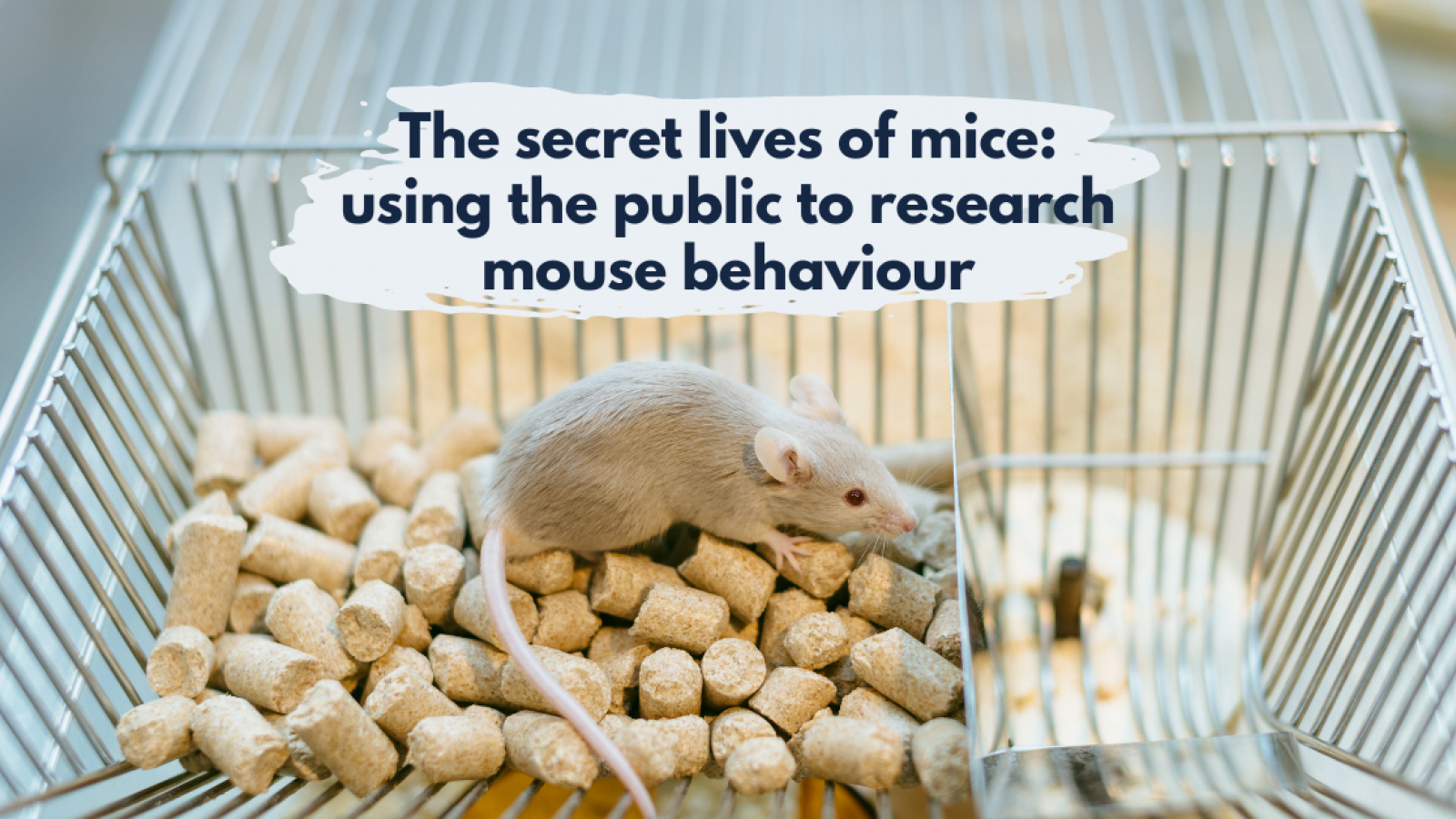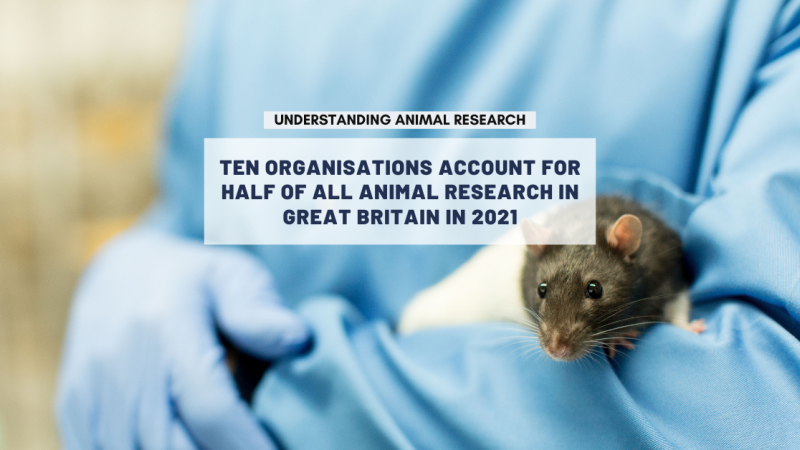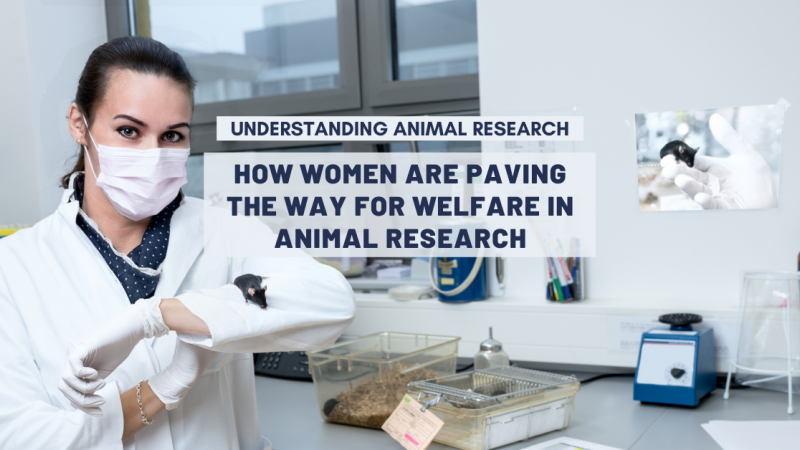
Mice are a prey species so they try to hide any weakness from a potential predator. From a mouses point of view, this could be the lab staff caring for them. So how do they check their mice are well? One answer is to video the mice and use a programme to analyse the images and to alert staff to any problem.
The programme analysing the mouse movements and behaviour relies on algorithms. These are only as powerful as the original data used to make them. Scientists needed the help of citizens to work through hours of video. This led to a programme that could understand and detect mouse behaviour.
This is a first for citizen science in animal research and the project won an openness award from UAR. The award was for connecting the public with animal research as well as creating better animal welfare.
Animal behaviour is an interesting but complex science. Too often the subjects are studied in an artificial context. Nocturnal mice for instance are often studied during the day, which is much like waking you up in the middle of the night and asking you to behave normally. Additionally,
“Mice are prey species,” explains Dr. R Sonia Bains, from the MRC Harwell Institute and Project lead on Rodent Little Brother Project. “And as prey, if they show any kind of weakness in the wild, they’re not going to survive for too long. So, in the presence of humans, mice will modify their behaviour to hide any signs of weakness, including disease.“
This might mean that some normal behaviour goes unrecorded.
Researchers at the Mary Lyon Centre and Actual Analytics in Edinburgh used new video technology to look at mice when staff were out of the room.
They developed the Home Cage Analysis system (HCA) as part of the NC3Rs CRACK IT challenge. The end-goal of the Rodent little Brother project was to make an algorithm that could analyse and record mouse behaviours from videos.
The scientists developed a system that sits outside the mouse cages and leaves them undisturbed while it films. Each mouse can be individually recognised using radiofrequency tags, much like the microchips used to identify pet dogs and cats. The system could identify what mouse was where and which ones had been interacting.
The scientists very soon noticed that the mice, when left alone, showed very different behaviours. If they were unwell, this was visible much sooner than if someone was standing over them and looking into the cage. This is particularly relevant for science. The sooner you can recognise disease symptoms in a mouse, the sooner you can try out treatment. Mice are used to model many human diseases, such as a mouse with Alzheimer’s, Parkinson’s, or Huntington’s disease. Recognising symptoms increases the opportunity to target problems, develop drugs and, create new therapies.
“This was great, but we were generating a huge amount of date,” explains Bains. “We were collecting videos 24/7 from 3 mice in a cage from up to 12 grids. That was a terabyte and a half of data every single week. All of which needed to be looked at and processed by actual people to identify all the behaviours to feed to the algorithm. And that is what we did.” She adds: “At the beginning of the project, a team of about 5 to 8 annotators were looking at 30mn video segments, each of which had to be reviewed by 3 annotators. After about 5 years, only about 30 hours of video had been processed in triplicate. Not even a full 72 hours recording! We needed more eyes. That’s when we thought to harness to power of the citizens.”
General public volunteers were asked to analyse mouse behaviour and activity. They did this by watching and annotating video clips of laboratory mice.
42,387 six second clips were annotated at least 10 times each by 6,503 volunteers. That’s 438,215 classifications and a whole lot more data.
The enabled the scientists to progress much faster in their research. But as well as this, the volunteers got to discuss with the researchers about the their use of mice.
“Involving citizens means the public get the opportunity to step into the shoes of a scientist and really understand what they’re doing. As the first ever animal research project run on a citizen science platform, it allowed the public a special glance into the laboratory setting and the work that can be done on mice and ask questions,” explains Emma Stokes, the communications Programme Manager at NC3Rs. The public were very curious, “there were question on the size of the cages or the enrichment for example,” explains Bains. “And we got a chance to explain that in the context of this study enrichment couldn’t be provides as it changed the baseline behaviour we were studying. We also explained that micedon’t like being in really big spaces, it makes them anxious, and that we are running a research facility which means that you can’t always justify large spaces for the mice. But each cage area and everything in it have been carefully designed with the home office and the regulations for the wellbeing of the mice so that the animals have enough space to interact, to play, form a decent nest and don’t compete for resources.”
These conversations led to a much deeper understanding of what animal research entailed. It created both an open and honest discussion around the essential role of mice in medical research.
People grasped the 3Rs impact of the project and the importance of developing a better understanding of mouse behaviour. Scientists also developed a better understanding what the public thought about this research.
Bains adds: “It’s been very educational for myself as well, because if you train for something for years, things just become routine to you. But fresh new pairs of eyes can detect different perspectives. As such 5 or 6 new behaviours in the mice with biological significance were pointed out by citizens during the project, that the scientists weren’t even noticing.”
The work of the citizen groups will develop the automatic machine learning algorithm. This will allow mice behaviour and health to be measured more accurately, leading to healthier animals and better science.
It’s worth remembering though that automatic systems have to be taught to be of any use and in this case it was 6,503 volunteers who were the teachers.
Last edited: 17 May 2024 11:51



